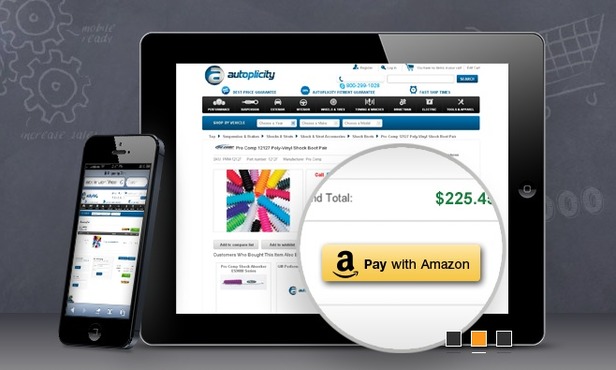The average Briton regularly deals with 19 online accounts that require a username and password.
“There are too many usernames and passwords, it’s just a pain,” Cristian van Tienhoven, senior manager at Amazon Merchant Services, explained. And Amazon, with its 285 million global user accounts, thinks it has the answer.
“We are slightly different to the other check-out providers,” argued van Tienhoven, citing the emergence of social logins as a key area of potential growth for Amazon.
Around 77 percent of US consumers have used a social login, entering their Facebook or Twitter details to access another site, rather than creating another account. And Amazon sees itself as the ideal ‘social’ login for e-commerce. “We’ve found ourselves in a huge complex array of logins,” said van Tienhoven.
ADVERTISING
He explained that Amazon setup Prime after it identified shipping costs as a “real cause of friction for online retail”. Create an annual subscription for free shipping, and the problem goes away, according to van Tienhoven.
Citing research that showed 92 percent of people will abandon a site if they can’t remember their login, van Tienhoven said there was huge potential to improve purchase completion rates if online logins are made simpler.

In tests of Amazon Payments, the company’s third-party payments platform, van Tienhoven showed how a normal checkout time of 1 min 34 sec could be cut to just 30 seconds. “In four clicks, you get through the checkout process in 30 seconds,” he explained.
Simpler payment processes and social logins also increase how much people spend and how long they spend browsing for products. Social logins increase registration conversion rates by up to 50 percent, while users browse for three times longer too.
On current, overly-complex online payment systems only 66 percent of people complete a transaction they have started. On Amazon’s payment system, that goes up to 82 percent.
“Now we’ve got the tools to consolidate them and make it simple and clear,” van Tienhoven argued.

